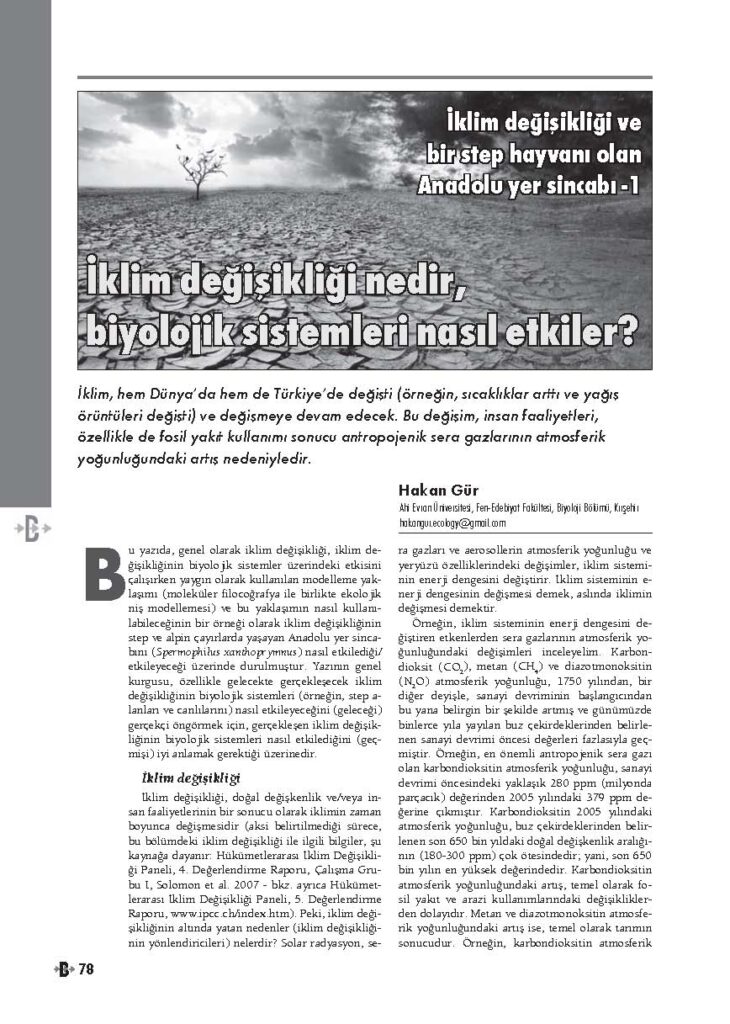25 January 2020
In this paper (https://bit.ly/3bEY5KO), I focused on the distribution ecology of CCHFV as a case study. I used the data provided by a really good study (Orkun et al. 2017, https://bit.ly/30QnaOi). They sampled from 87 localities, and found CCHFV in 10 out of these localities. So, I used these 10 localities as presence data. Because I chose the algorithm MAXENT, I used all sampling localities (87 localities) to define the background area. It was defined by using a 15 km buffer applied to all sampling localities (87 localities). Five out of 14 environmental variables (including bioclimatic variables, consensus land cover, habitat heterogeneity, and cloud cover climatology) were used in a final model. Those variables were precipitation of the driest quarter, cloud cover (mean annual frequency), land cover (shrubs and herbaceous vegetation), and habitat heterogeneity (homogeneity). Using all combinations of the following feature classes [(1) L, (2) L and Q, (3) H, (4) L, Q, and H, and (5) L, Q, H, and P] and regularization multipliers (1 to 5 in increments of 1), different models were tested to determine the best/final model. These models were calibrated using a 10-fold cross-validation. Model performance and significance were good even when extrinsic test data (CCHF cases) were used. Herbaceous vegetation and habitat heterogeneity were the most significant variables.
After the above-mentioned paper, I noticed a database (including land use over the past 8000 years, http://ecotope.org/products/datasets/used_planet/). One of variables in the database is highly interesting: % Recovery from peak land use (may be considered to be an indicator of recovery in biodiversity!). So, I repeated all analyses using this variable also. This variable was the only most significant variable (see figures). Sure, sample size is low (but sampling design is strong), study area may be small to understand the distribution ecology of CCHFV, and recovery data may include some hidden information other than recovery in biodiversity! However, these results may support the hypotheses in the literature and that in the following paper: Spengler and Estrada-Pena (2018, https://bit.ly/352X9xx) discussed that “Abandoned agricultural areas become populated by large patches of natural flora, facilitating shelter for rodents, birds, wild suids, and wild ungulates. We hypothesize that the overpopulation of these key hosts increases the abundance of Hyalomma spp. ticks, which could fuel CCHFV prevalence rates in the vectors in a feedback mechanism. As more ticks become infected, the probability of infecting reservoirs and naïve ticks and of transmitting the virus to humans increases.”

![]()














